Mastering the Art of Mexican Mole Sauces
11 min read Discover techniques and secrets to creating authentic Mexican mole sauces, blending rich flavors and cultural history in your culinary repertoire. September 29, 2025 15:05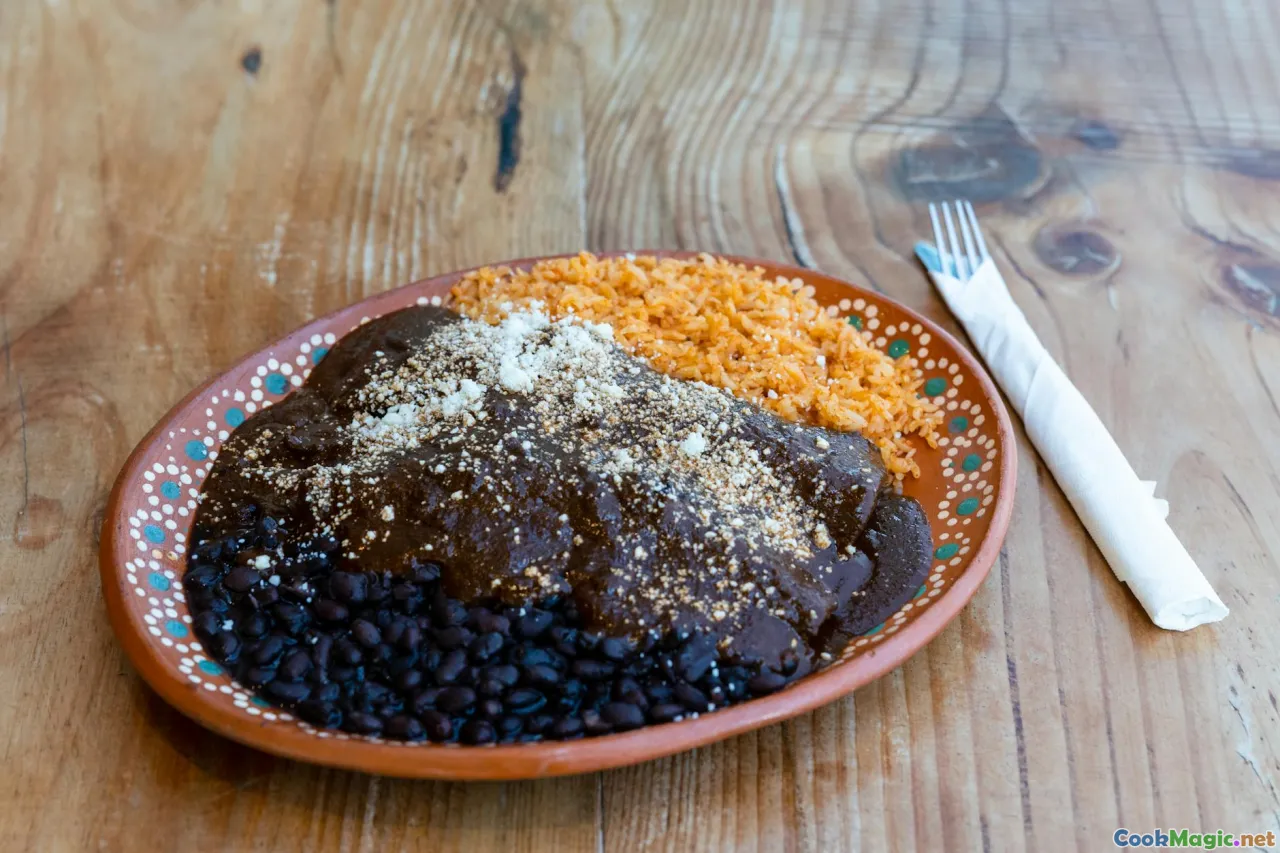
Mastering the Art of Mexican Mole Sauces
Deep within the heart of Mexican culinary tradition lies a sacred, complex, and soul-stirring sauce: mole. This ancient condiment embodies centuries of history, regional diversity, and cultural storytelling, transforming simple ingredients into a transcendent feast for the senses. As a culinary writer and passionate explorer of authentic Mexican flavors, I invite you on a journey — from the meticulous art of balancing smoky chiles to the emotional resonance of recipes passed down through generations. Let’s uncover the secrets behind creating mesmerizing mole sauces that elevate your cooking to a revered craft.
The Rich Tapestry of Mexican Mole—A Cultural and Culinary Overview
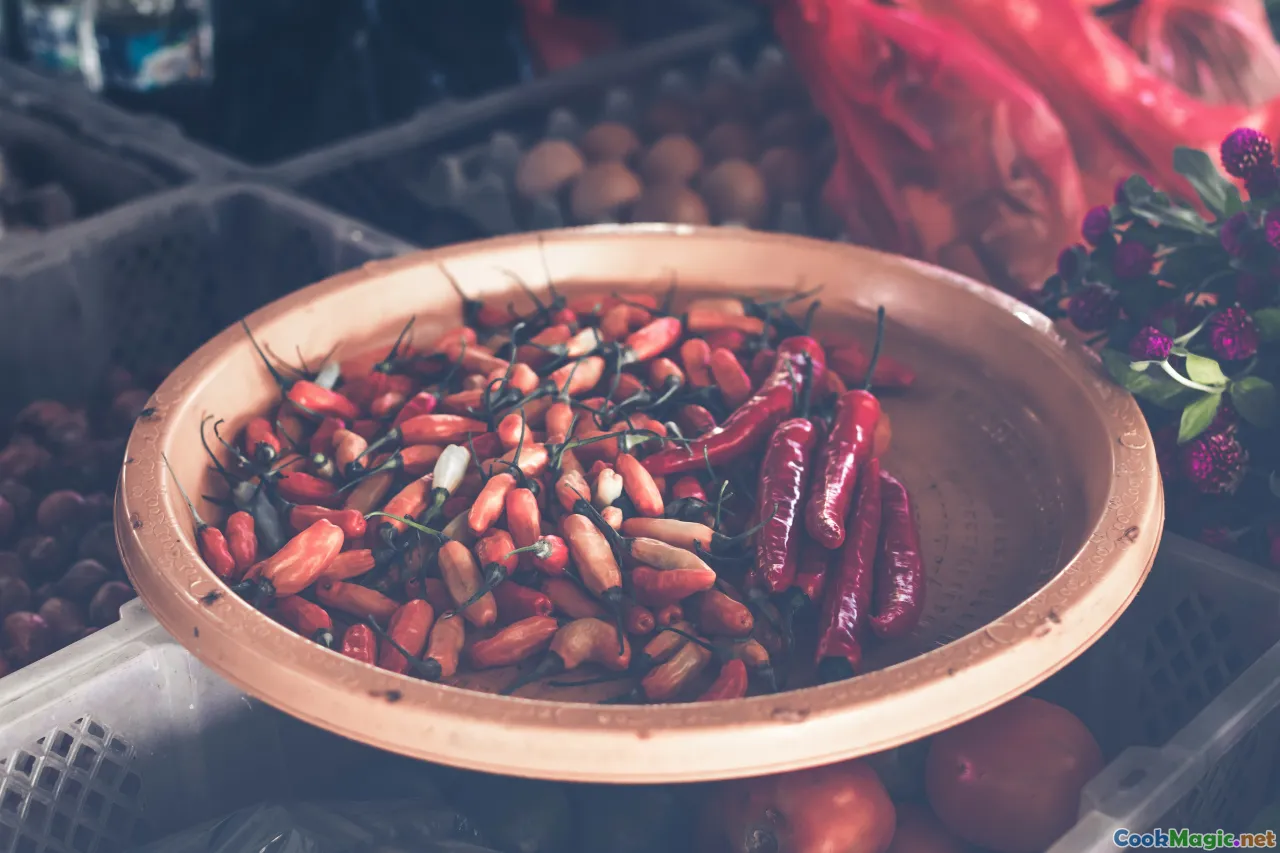
When you think of Mexican cuisine, images of lively markets bursting with vibrant chilies, fragrant spices, and exotic fruits come to mind. Mole, with its origins shrouded in pre-Hispanic roots and colonial influences, is not merely a sauce—it is a cultural emblem. The word "mole" possibly derives from the Nahuatl word molli, meaning sauce or mixture.
Across Mexico, each region boasts its unique take on mole—whether it's the rich, ruby-hued mole rojo of Oaxaca, the dark, bittersweet mole negro, or the complex, layered flavors of mole poblano from Puebla. These sauces reflect local ingredients, historical trade routes, and indigenous traditions. A true mole embodies concepts of honra—a sense of pride, gratitude, and communal identity, often prepared for special occasions like weddings, religious festivals, and harvest celebrations.
Culturally, mole is a bridge—linking past and present, sacred and everyday life. It transforms humble elements like dried chilies, chocolate, nuts, and spices into a majestic sauce that transforms poultry, pork, or even vegetables into dishes that evoke elation and reverence.
The Building Blocks of a Perfect Mole
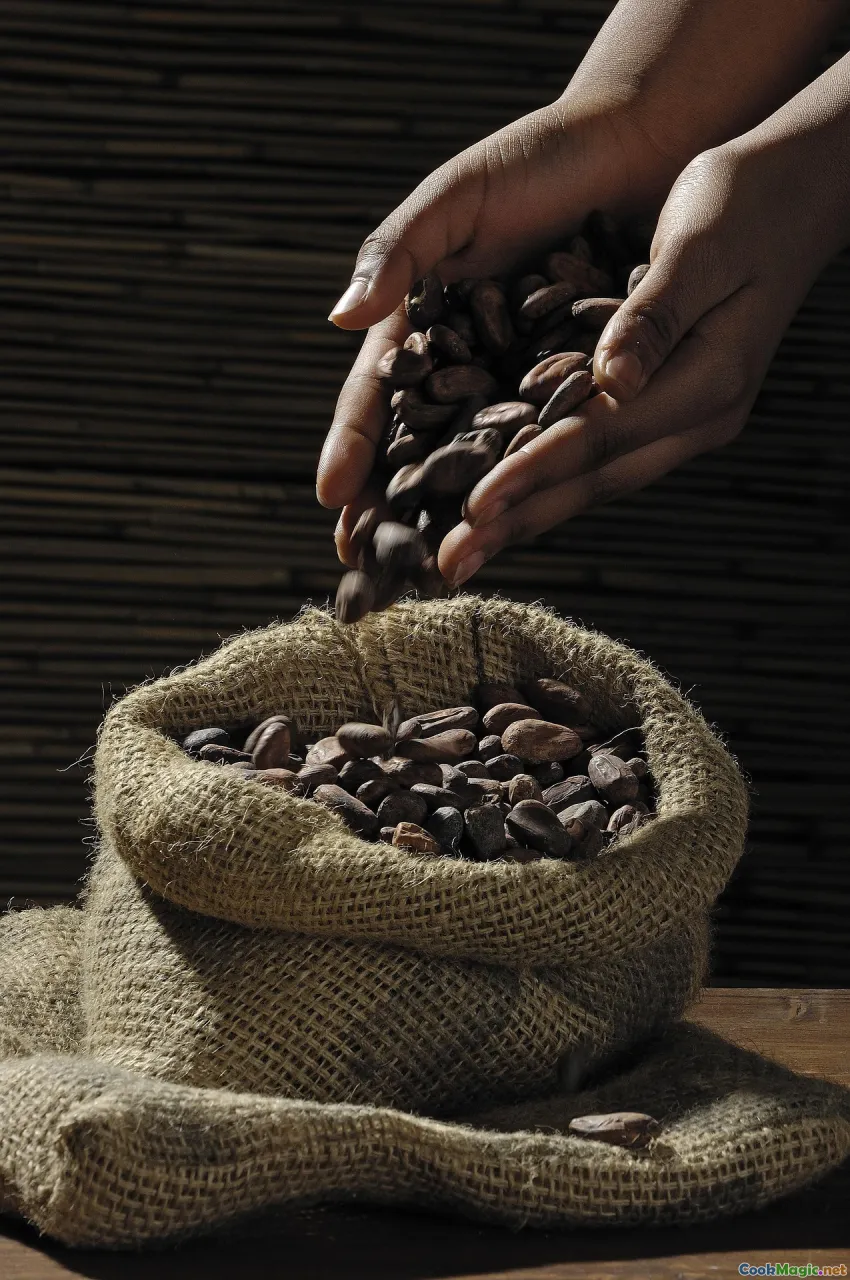
Creating a balanced mole demands respect for its core ingredients, each bringing distinctive flavors and textures:
- Chilies: Dried chilies such as ancho, pasilla, jorge, mulato, and chipotle infuse smokiness, heat, and depth.
- Nuts and Seeds: Almonds, peanuts, pumpkin seeds (pepitas), and sesame seeds add richness and velvety body.
- Dried Fruits: Raisins, plantains, or prunes contribute subtle sweetness and complexity.
- Spices and Herbs: Cinnamon, cumin, clove, oregano, and black pepper layer aromatic nuances.
- Chocolate: Unsweetened Mexican cacao or dark chocolate—a signature element—adds subtle bitterness and a velvety finish.
- Other Elements: Onion, garlic, tomato, and toasted tortillas or bread serve as the base for thickening and flavor.
Championing fresh, quality ingredients is vital, as each component’s intensity influences the depth and harmony of the final sauce.
Step-by-Step Guide to Making Traditional Mole Poblano
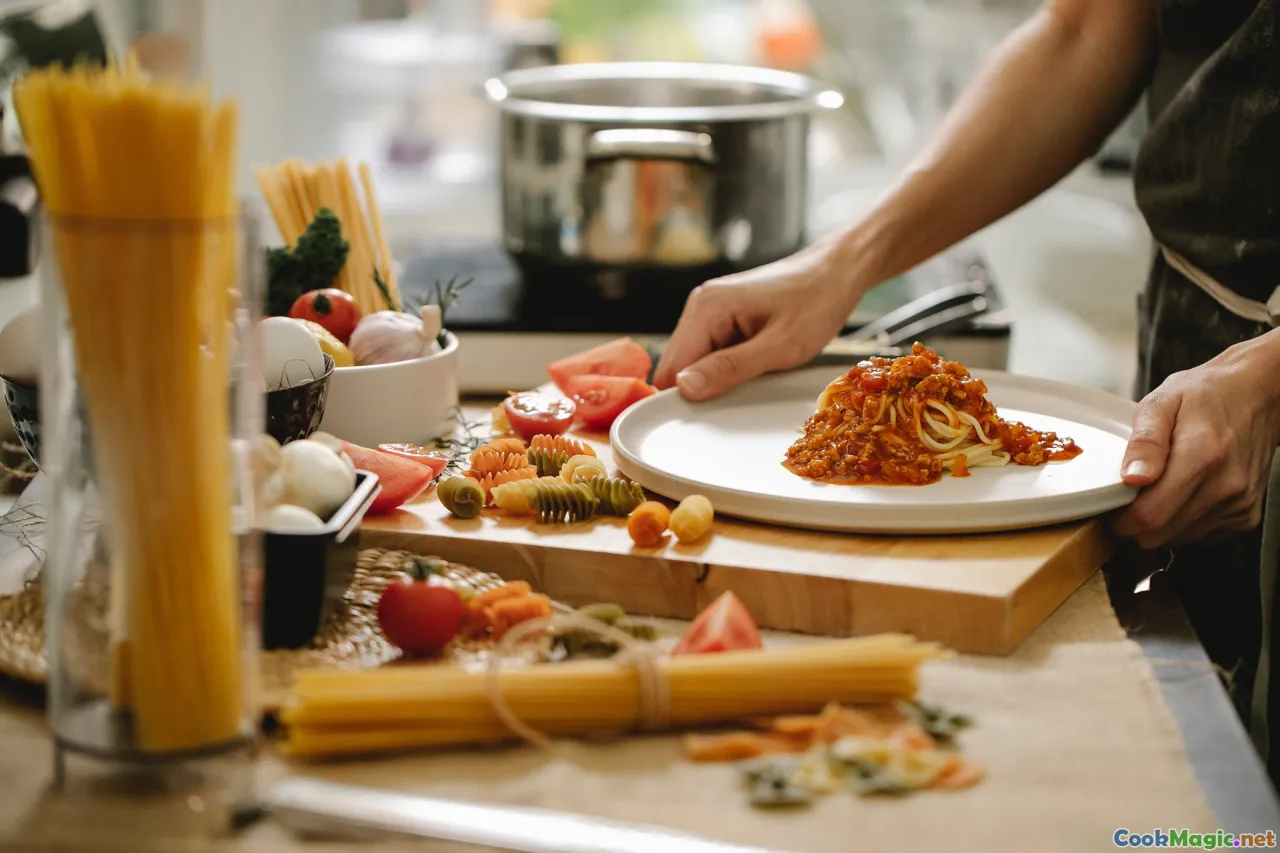
While making mole might seem daunting, embracing its process reveals a meditative culinary rhythm. Here’s a practical pathway:
Step 1:asting the Dried Chilies and Nuts
Start by toasting dried chilies—ancho, pasilla, mulato—in a dry skillet until fragrant. This enhances smoky notes and softens their texture. Simultaneously, toast nuts and seeds until golden. These will contribute richness and depth.
Step 2: Rehydrating and Blending
Remove stems and seeds from chilies (be cautious of spiciness). Soak them in warm water for 15–20 minutes. In a blender, combine rehydrated chilies, toasted nuts, a handful of raisins, toasted tortillas, garlic, tomato, and spices—then blend until smooth. Use enough broth or water to achieve a velvety consistency.
Step 3: Cooking and Reduction
Pour the blended mixture into a heavy skillet or saucepan. Cook over medium heat, stirring constantly, until the aroma deepens and the sauce thickens. Add chopped onions and continue simmering, allowing the flavors to meld for 30–45 minutes.
Step 4: Finishing with Chocolate and Seasoning
Melt a piece of Mexican chocolate into the sauce, stirring to integrate. Adjust salt, sugar, and acid—sometimes a splash of lime or additional broth—to balance the flavors. Let it simmer until thick enough to coat the back of a spoon.
Step 5: Serving with Reverence
Traditionally, mole is served over roasted turkey, chicken, or pork, accompanied by warm rice or tamales. The sauce’s deep complexity provides a multi-layered tasting experience—smoky, bitter, sweet, and spicy harmonize seamlessly.
Variations and Regional Gems

Exploring Mexican moles is akin to traversing a rich culinary landscape:
- Mole Negro (Oaxaca): Noted for its dark hue, blackening chilies combined with ingredients like tejate, poppy seeds, and bitter chocolate create a bitter-sweet, umami-rich profile. It’s often served with chicken or Rabbit.
- Mole Rojo (Puebla): Vibrant red due to tomatoes and red chilies, typically blended with spices, raisins, and sometimes cacao, served with enchiladas or stuffed chiles.
- Mole Verde: A fresh, bright sauce made from tomatillos, cilantro, pumpkin seeds, and green chilies—delicious over fish or chicken.
Each variant reflects local ingredients and stories—cultural heirlooms woven into every spoonful.
The Art of Balancing Flavors—Tips from the Kitchen
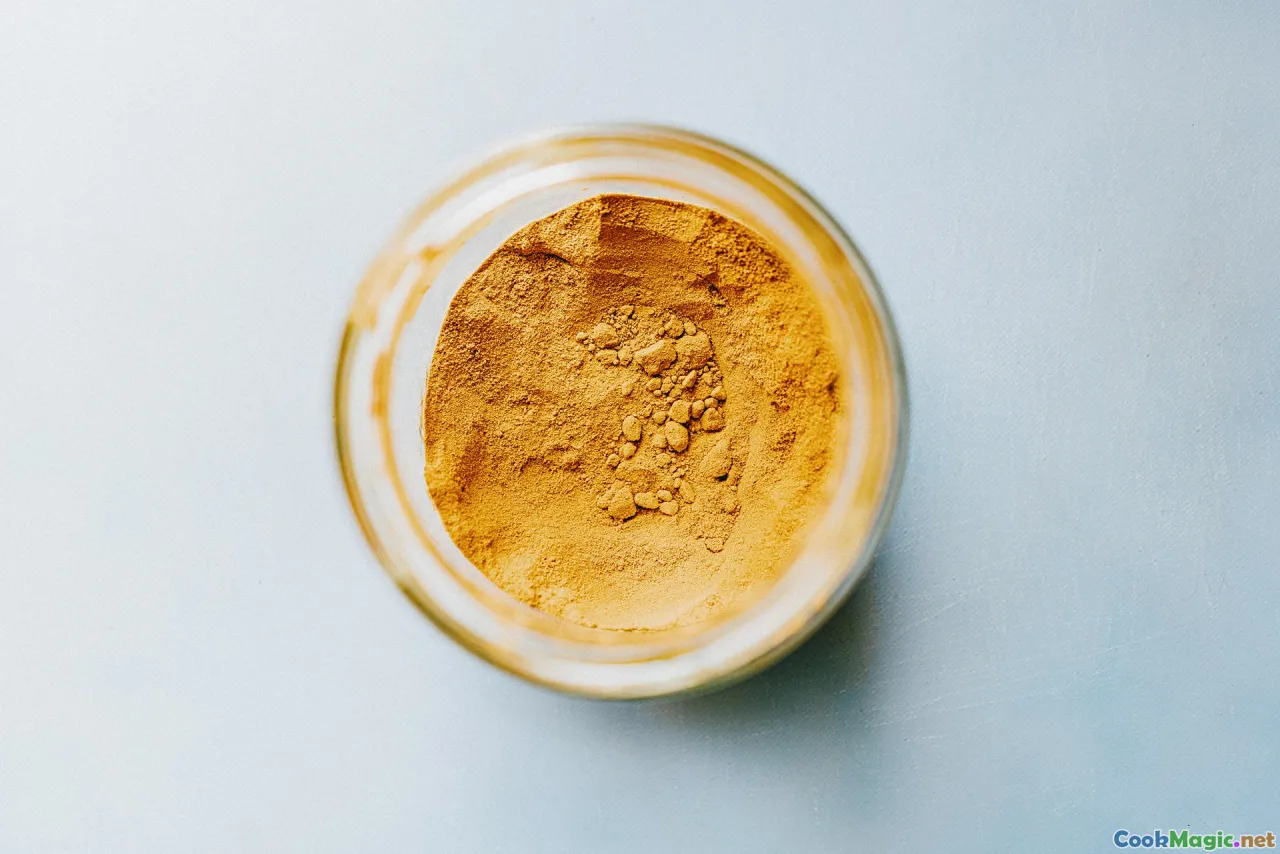
Mastery in mole-making hinges on balancing contrasting flavors:
- Smokiness: Toast chilies and spices thoroughly but avoid burning.
- Bitterness: Incorporate bitter elements like cacao or bitter-orange zest in moderation.
- Sweetness: Adjust with dried fruits or a pinch of brown sugar to round harsh edges.
- Acidity: Brighten the sauce with lime juice or a splash of vinegar near the end.
- Salt: Crucial for depth; taste often and adjust gradually.
Patience is key—allowing flavors to meld through slow simmering results in a harmonious, layered complexity.
Personal Insights and Tradition
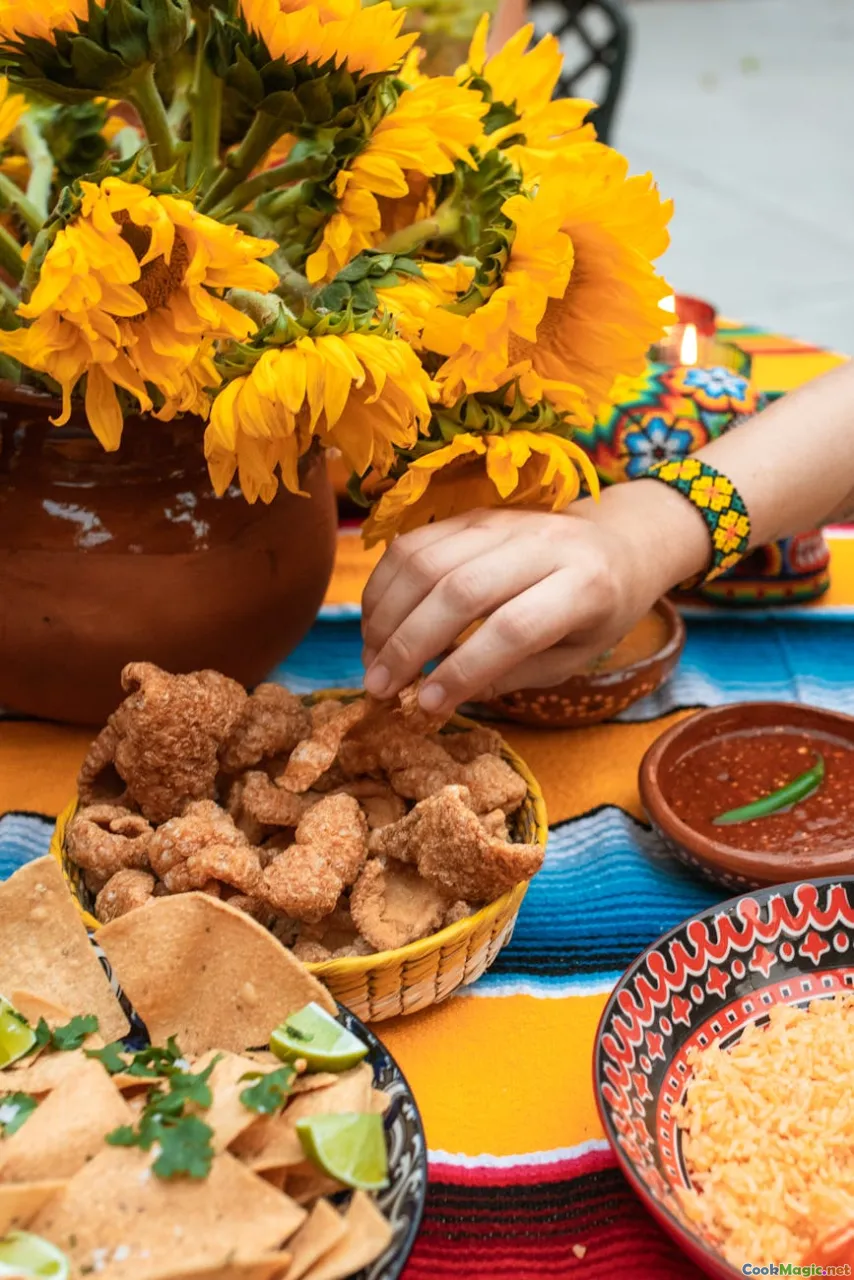
From my own culinary explorations, I’ve learned that making a perfect mole is more than a technical feat—it’s an act of devotion. The ritual of roasting, blending, simmering, and tasting becomes a personal dialogue with tradition. I recall a trip to Puebla, where I watched a family preparing their signature mole poblano for a wedding feast. The air was thick with the aroma of chilies, cinnamon, and chocolate—an intoxicating fusion of scents that awakened ancestral memories.
Sharing a bowl of mole with loved ones around a festive table is a testament to its cultural depth. Each spoonful carries history, community, and an unwavering pride.
Tips for Aspiring Mole Artisans

- Source authentic ingredients: Seek out Mexican markets for chilies, cacao, and spices. Freshness matters.
- Experiment patiently: Small adjustments in spice levels or sweetness can dramatically alter the balance.
- Don’t rush simmering: Allow at least one hour for flavors to meld properly.
- Make it ahead: Mole often tastes better the next day as flavors mature.
- Cook with love: Engage in the process as a crowning act of culinary culture.
Elevating Your Dishes with Handmade Mole
Creating your own mole sauce is a transformational journey—from shopping and roasting to blending and simmering. Once mastered, it opens up a world of culinary possibilities:
- Drizzle over roasted chicken or turkey for festive Sundays.
- Use as a vibrant sauce inside enchiladas or tamales.
- Incorporate into vegetarian dishes, like stuffed zucchini or vegetables in mole sauce.
- Experiment with different regional moles to develop your palate.
Remember, each batch is a reflection of your developing understanding and interpretation of this intricate tradition. It’s a reflective, rewarding craft rooted in history, patience, and passion.
The next time you lift a spoonful of rich, velvety mole, know that you’re savoring centuries of collective artistry—a timeless expression of Mexican soul, waiting to be made anew in your kitchen.









